This was published 1 year ago
Sydney’s most elusive beach is vanishing – when will it be back?
Every few years, a mystery beach appears near Bondi, delighting dogs and baffling experts.
By Angus Dalton
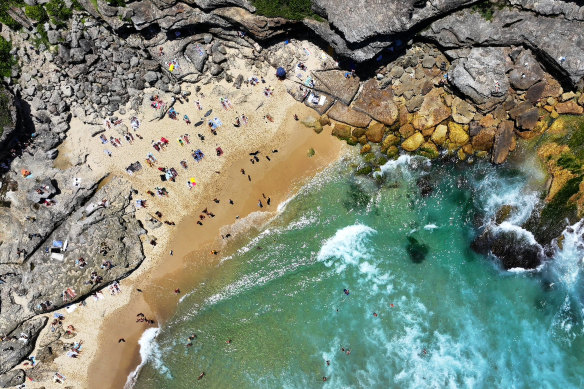
Mackenzies Bay, between Tamarama and Bondi, has had sand this summer for the first time in years.Credit: Andrew Quilty
It’s the beach that delights locals, conjures a slice of dog heaven, cushions the browning bodies of sunbathers, and even enraptures war journalists. And then it vanishes on a whim.
The ephemeral phenomenon of Mackenzies Bay, a nook between Tamarama and Bondi where a beach materialises every few years, has long mystified experts.
Rob Brander became charmed by the beach when he arrived in Sydney from Toronto in 1993 and took a job as caretaker at Tamarama Surf Life Saving Club. One day Mackenzies was a sandy, sun-drenched gift to frolicking dogs and surfers. The next it was an unwelcoming rocky inlet.
“When it does appear it’s like a new beach in the eastern suburbs, so it’s fascinating,” said Brander, now a professor in coastal morphology at the University of NSW. “And it can go 10 years without being there. It’s a mystery.”
The beach began to build up in August last year and by October the word was out – Mackenzies beach was back.
The fleeting nature of the beach caught the attention of Australian photojournalist Andrew Quilty, who began documenting the bay every day with a drone.
“I lived in Afghanistan for over 10 years, which is not only a long way from Mackenzies Bay but landlocked,” Quilty said. “The project was probably a response to coming back after it had gone through such rapid change under the Taliban.”
The beach, Quilty said, looked depleted on Thursday after 4.5-metre waves smashed Sydney last weekend. The sand level had dropped by two or three feet.
“My sense is that it’s in its final days,” he said.
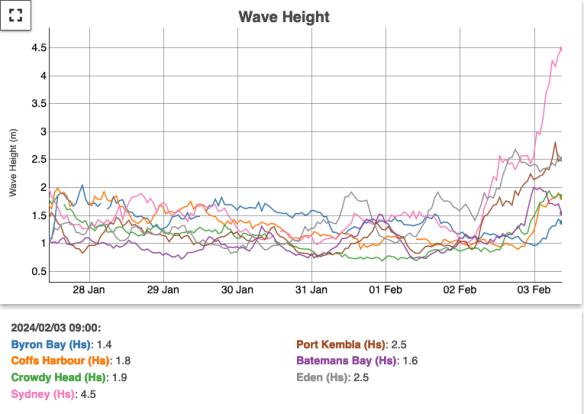
Large swell more typical of winter that hammered Sydney last Saturday – shown by the pink line – could spell the end of this summer’s magic beach.Credit: Manly Hydraulics Laboratory
The Mackenzies mystery
According to local lore, the beach appears about every seven years. But anecdotal records betray a patchier pattern.
According to a 1946 Herald report, which dubbed Mackenzies the “will-of-wisp” beach, sand would arrive every December and vanish come March. The appearance of the beach grew more sporadic in the second half of the century.
During the summer of 1997 the beach swelled to a historic 80 metres, according to locals, but then remained rocky for a decade until 2007.
Brander tried to begin a research project on the beach to tease out climate impacts on the bay, but Mackenzies’ unreliable record is a challenge.
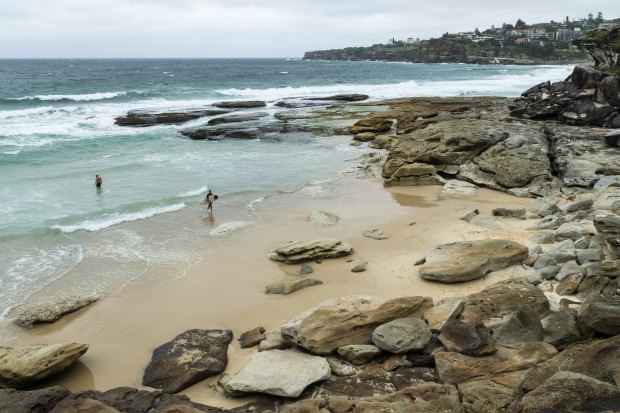
Mackenzies Bay on Tuesday, before the ephemeral beach was hit by another day of big surf.Credit: Rhett Wyman
“It’s almost like you need a call-out to people who’ve lived in that area in the ’60s, ’70s, ‘80s and ’90s to see if they’ve got any pictures of when there was a beach at Mackenzies, or if they recall when,” Brander said.
“Then we could tie that in with the offshore wave data we’ve got and work out if there’s a repeating pattern.”
Students of Professor Ana Vila-Concejo, a marine geoscientist at the University of Sydney, started surveying the beach in 2015 to help untangle the mystery.
For a rare phenomenon like Mackenzies, she said, “You need gentle conditions, gentle waves, that will carry the sand to the beach. You also need the accommodation – which is the hole, the rocks – where that sand is going to be placed.”
Vila-Concejo dispatched a student to check on the beach on Thursday afternoon, after more big swell rolled in on Wednesday. He texted her a photo an hour after low tide. “Not a lot of Mackenzies left,” she said.
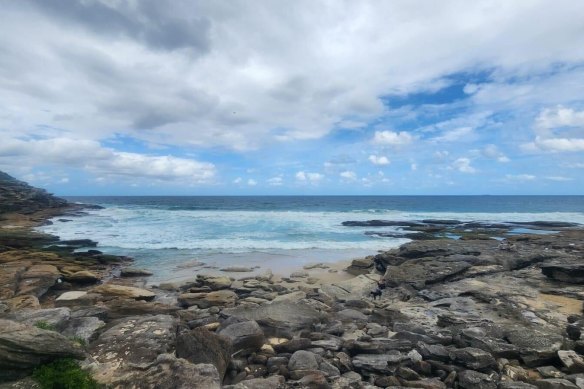
Mackenzies Bay beach on Thursday afternoon at about 2.30pm.Credit: Lachlan Perris, Geocoastal Research Group, University of Sydney
Divine timing
The seasonal timing of Mackenzies adds to the magic. The beach emerges in sync with Sydney’s sunseekers, and endures while smaller summer waves persist before the larger winter surf returns to eat away at it.
But the bay is also responsive to broader climate cycles.
Beaches bulk up during El Nino, whereas big La Nina storms and swell can suck sand back into the ocean. Sand often appears at Mackenzies during El Nino, as it did last year, but exactly why Mackenzies transforms so dramatically isn’t well understood.
“Tamarama beach is never going to disappear in a storm because it’s got a larger accommodation space, a large embayment,” Brander said.
“But Mackenzies is quite a shallow embayment, a small bowl. Even when there’s a healthy beach at Mackenzies, there’s not really a lot of sand there.
“That’s why when you get a storm – three-, four-metre waves that last for a few days – boom, it’s gone.”
The key driver of the build-up and demise of the beach lies in wave mechanics, Brander added.
“A wave has a crest, which pushes water forward towards the beach, and it has a trough, which takes water back out,” he said.
“When you have a very small, clean swell, when the crest passes … it’s got enough power and energy to move sand forward. But the trough doesn’t have enough power to move that sand back, so the dominant movement of sand is onshore.”
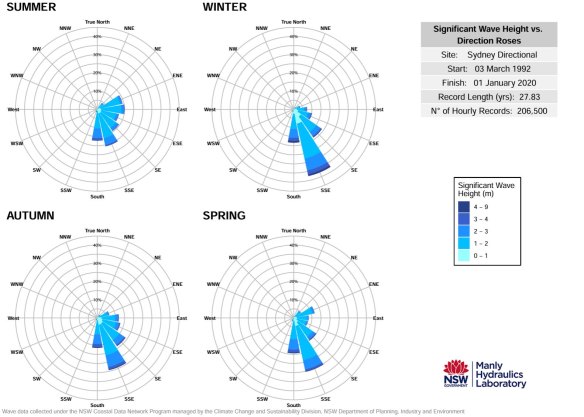
Southerly waves are far stronger in winter, eating away sand from beaches and making Mackenzies less likely to appear.Credit: Manly Hydraulics Laboratory
In large waves, however, the trough is powerful enough to drag sand back, so sand is removed rather than deposited.
Last winter yielded the smallest swell on record, setting up the perfect conditions for the return of Sydney’s magic beach. This week may mark the end of its latest apparition – the coastline was hammered by four-metre waves again on Wednesday. As it stands, we have no way of knowing when the beach may return.
“There’s this magic combination of wave direction, height and period that happens to bring the sand back to Mackenzies,” Brander said. “That’s what we don’t know.”
Quilty has mixed feelings as the sand returns to sea.
“It’s a good lesson … the moment you get attached to something, there are consequences once its over. Every human, everything in this world is ephemeral. I’m trying to be philosophical about it.
“I’ve come down here very day for the last five months,” he said. “I’ll be sad to see it go.”
Examine, a free weekly newsletter covering science with a sceptical, evidence-based eye, is sent every Tuesday. You’re reading an excerpt – sign up to get the whole newsletter in your inbox.